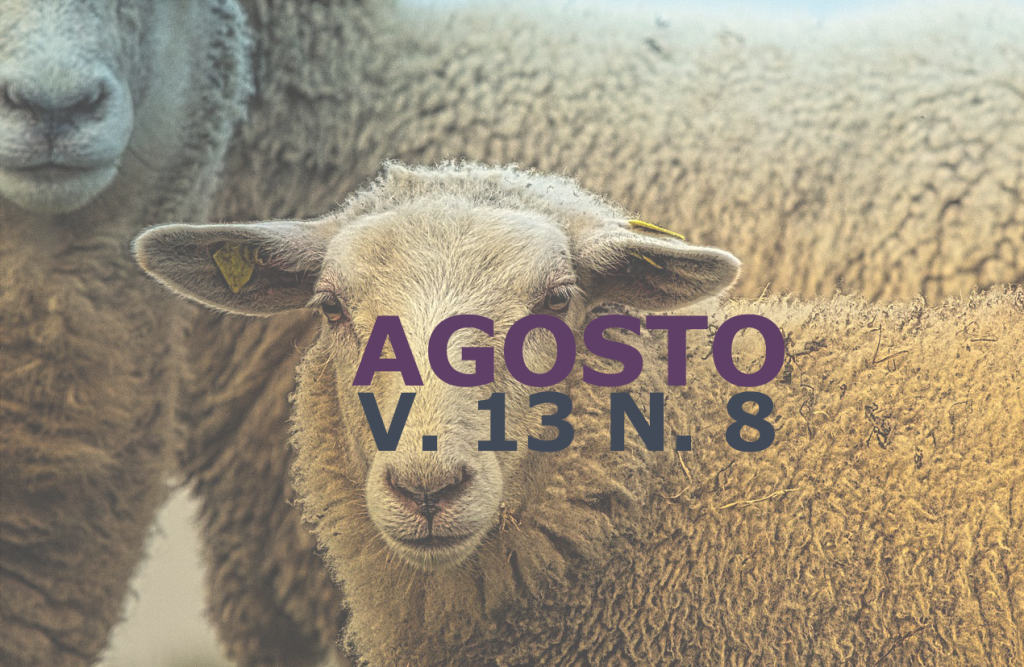Apitoxin: Use of Apis mellifera bee poison
DOI:
https://doi.org/10.31533/pubvet.v13n8a390.1-7Keywords:
beekeeping, apitherapy, human healthAbstract
Apis mellifera bees were introduced in Brazil 179 years ago. These social insects have been handled by humans for millennia since their co-products were used in ancient Egypt, especially by priests to feed sacred animals in rituals and ceremonies. In addition to honey, there are other bees products used by humans such as pollen, wax and more recently their venom. Apitoxin is the given name to the venom produced by bees A. mellifera used for individual or colony defense. In its composition presents proteins, enzymes, amino acids and lipids. The discovery of the biological properties of apitoxin in the nineteenth century has made it possible to verify that the bioactive compounds of this product can play an important role in the treatment of a variety of diseases. This fact makes it an important bee product, presenting vast pharmacological potential with anti-inflammatory, healing, neuroprotective, antitumor and analgesic effect. The therapeutic properties of apitoxin have been the object of researches that seek to use this bee product in alternative medical treatments. This review first deal with the introduction of Apis mellifera in Brazil and the development of beekeeping, as well as the morphology aspects of the venom gland and apitoxin of these honey bees. The second objective was to discuss articles on the pharmacological and biological characteristics of apitoxin and, finally, the main diseases that can be treated with apitoxin, showing the vast pharmacological potential and the efficiency of this bee product.
Downloads
Published
Issue
Section
License
Copyright (c) 2019 Maria Claudia Colla Ruvolo-Takasusuki, Paula Martins de Souza

This work is licensed under a Creative Commons Attribution 4.0 International License.
Você tem o direito de:
Compartilhar — copiar e redistribuir o material em qualquer suporte ou formato
Adaptar — remixar, transformar, e criar a partir do material para qualquer fim, mesmo que comercial.
O licenciante não pode revogar estes direitos desde que você respeite os termos da licença. De acordo com os termos seguintes:
Atribuição
— Você deve dar o crédito apropriado, prover um link para a licença e indicar se mudanças foram feitas. Você deve fazê-lo em qualquer circunstância razoável, mas de nenhuma maneira que sugira que o licenciante apoia você ou o seu uso. Sem restrições adicionais
— Você não pode aplicar termos jurídicos ou medidas de caráter tecnológico que restrinjam legalmente outros de fazerem algo que a licença permita.





